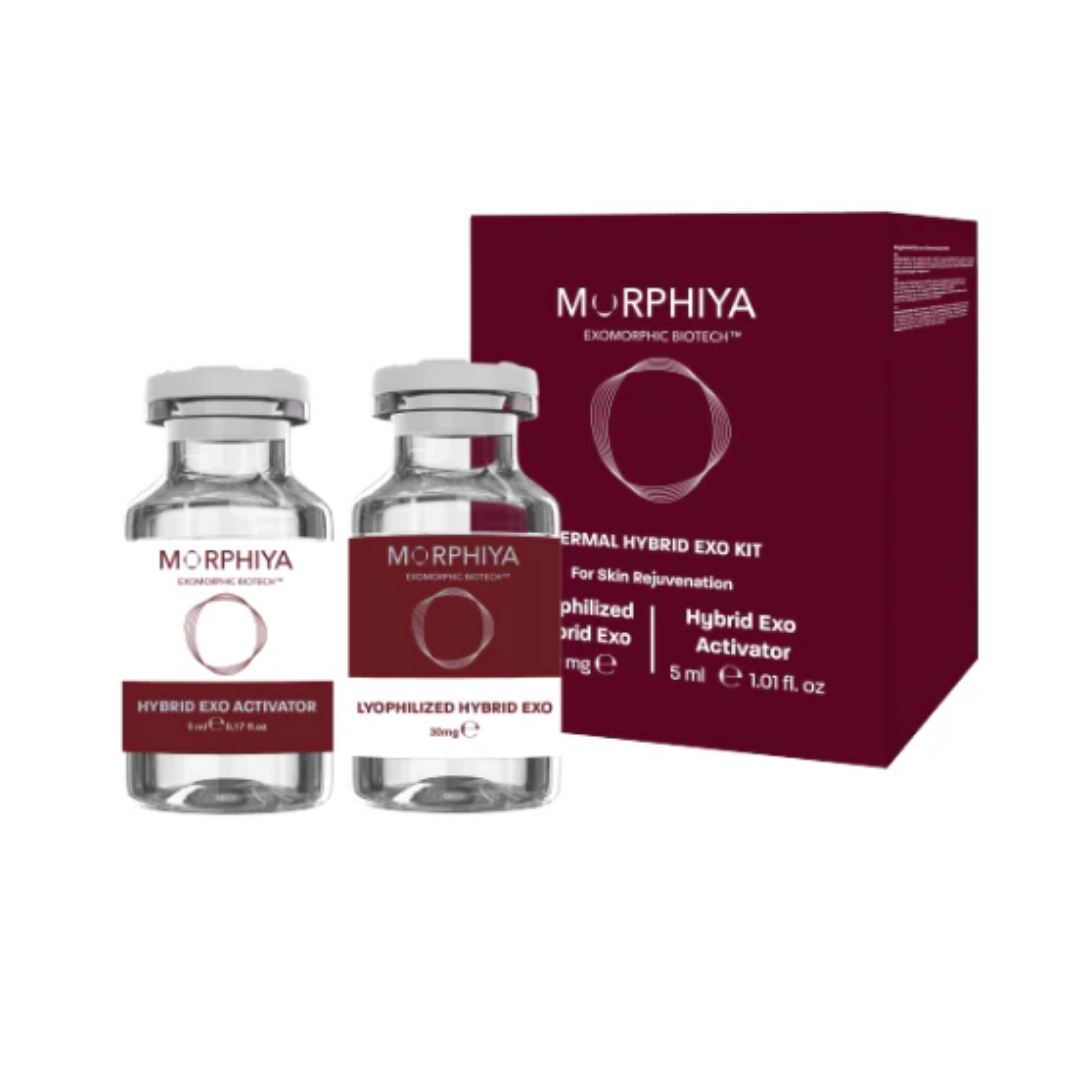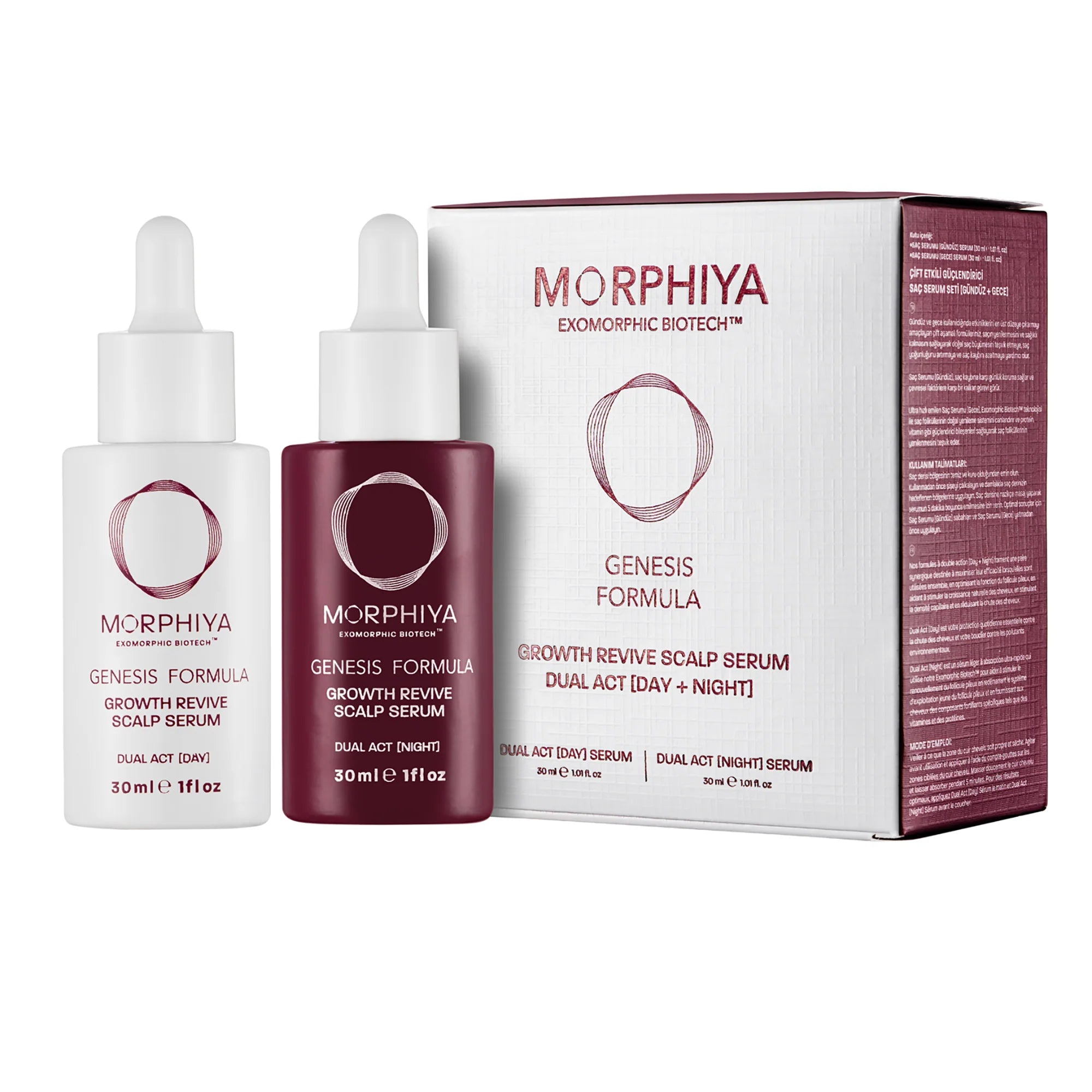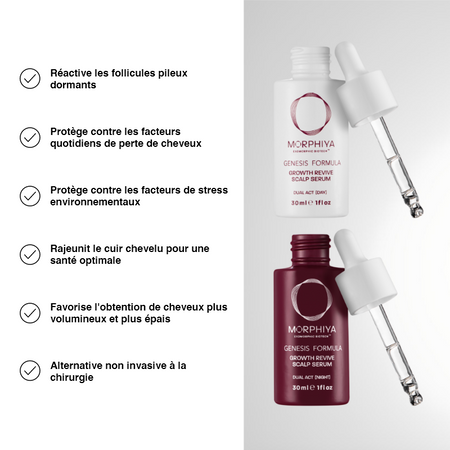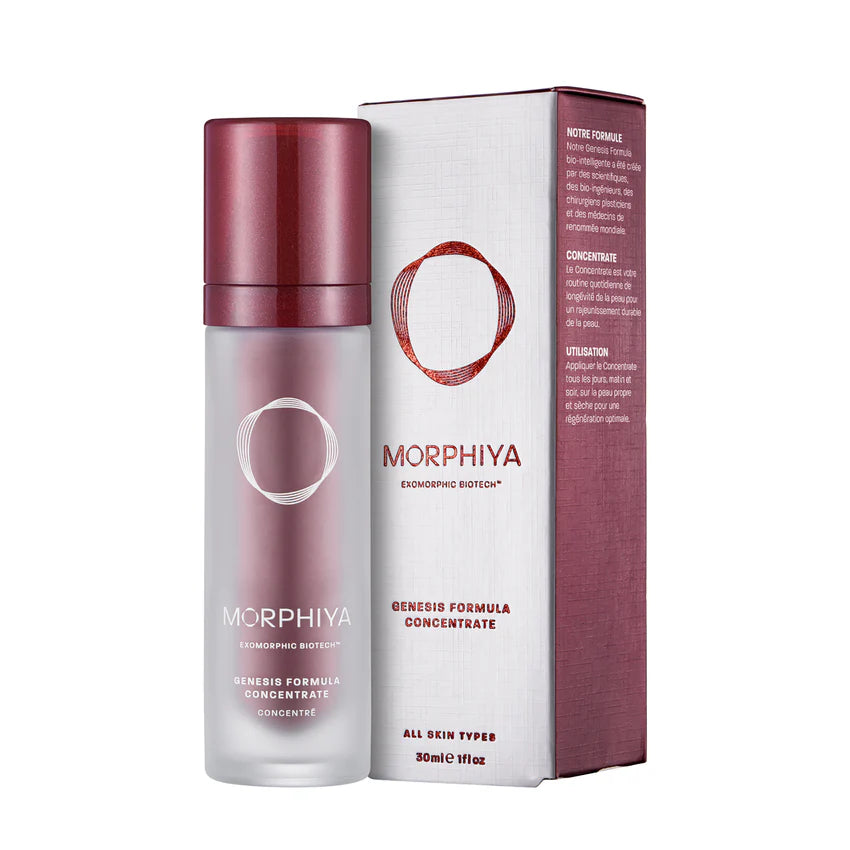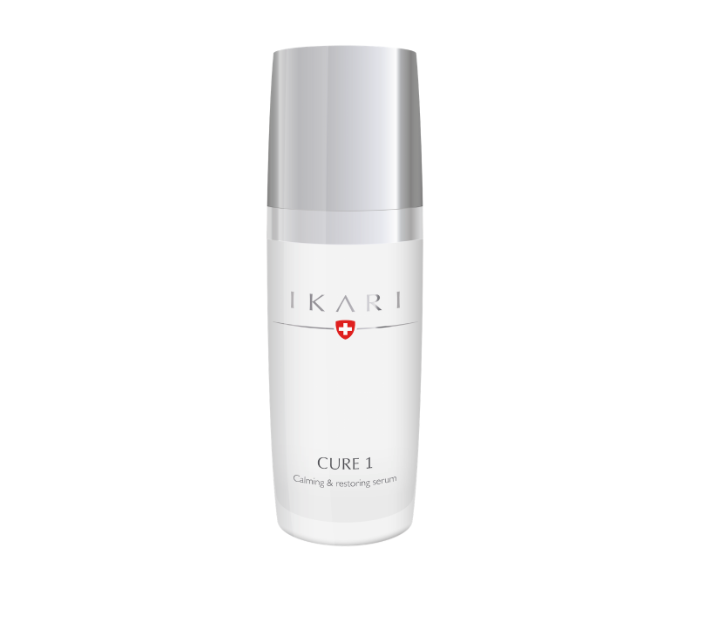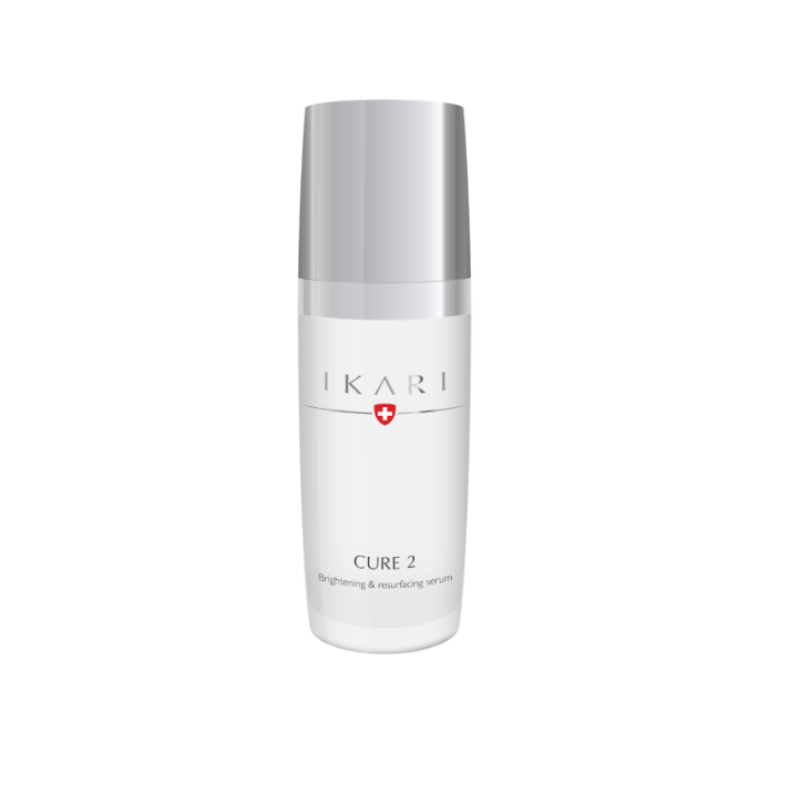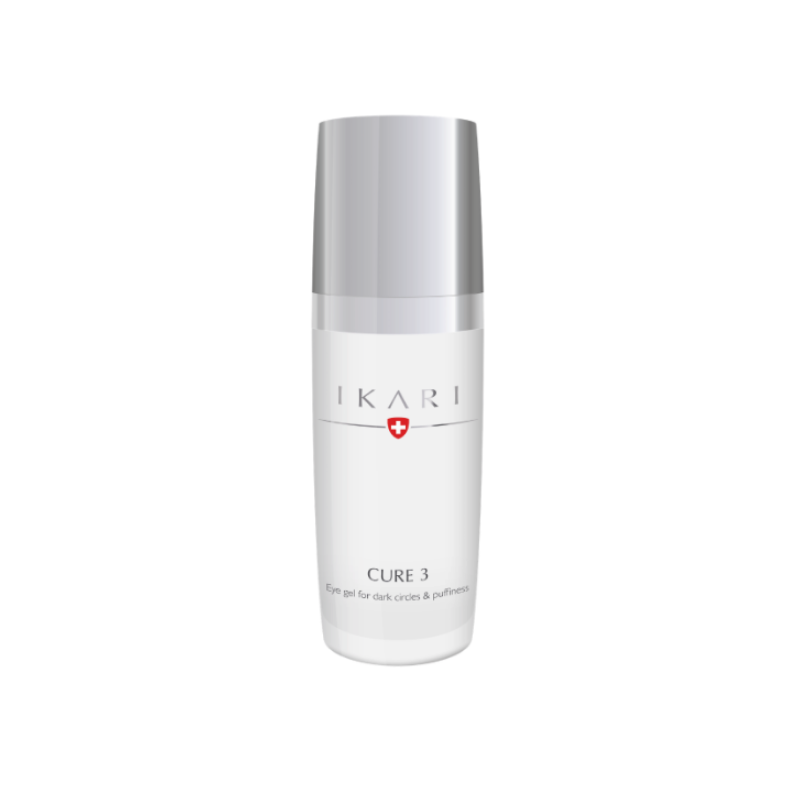UVB SPF 50 – High UVA sun protection
The Sun, friend or foe?
The sun is essential to life on Earth. Its heat and light energize all living cells. UV rays give us a beautiful tan and help our bodies produce vitamin D to strengthen our bones.
Two forms of UV rays reach the earth: UVA and UVB. Too much UVA causes skin aging, too much UVB causes burns. Good protection against UVA and UVB is therefore very important.
Unfortunately, most high-protection sunscreens are not pleasant to use. Who likes to slather on a thick, greasy paste that whitens and smells bad?
This is why IKARI developed the Sun Serum
Properties of this formula:
-
Liquid serum with rapid penetration and high protection against UVA and UVB rays
-
Does not leave a white film on the skin
-
A pleasant and fresh fragrance
-
Contains stem cells and antioxidants that neutralize the harmful effects of the sun's rays while you enjoy the sun
-
100% safe tanning without zinc oxide*
* Sunscreen ingredient that may promote skin cancer
A study from Missouri University of Science and Technology has found that the sunscreen that is supposed to protect us from skin cancer isn't so safe. Cellular toxicity analysis reveals that zinc oxide, a common ingredient in sunscreens, undergoes a chemical reaction that can release free radicals that can damage cells or their DNA. The authors previously addressed this question in 2009, but are working to publish more detailed findings in the journal Toxicology and Applied Pharmacology.
Advice:
Apply every 2 hours
Also remember to protect your hands, neck and décolleté. UVA rays can penetrate through glass when you are in the car or at the office.
You can tan, even with sunscreen! But safer and less stained.
Not waterproof. Tested in direct sunlight, not just in lab conditions under a UV lamp.
How to use:
Apply a generous amount to well-moisturized skin 30 minutes before sun exposure. Reapply every 2 hours.
Caution: Avoid contact with eyes
In case of severe pigment damage (e.g. melasma), apply an additional physical sunscreen locally (white or tinted paste).
Active ingredients:
In addition to broad spectrum filters, IKARI Sun Serum also contains two powerful repairers of biological UV damage, DOLICHOS BIFLORUS CALLUS EXTRACT and BOMBAX COSTATUM LEAF CELL EXTRACT.
-
Ethylhexyl methoxycinnamate is a UV filter. Its function is to block the sun.
-
Bombax Costatum Leaf Cell Extract is a powerful natural antioxidant that protects the skin from sun damage.
-
Dolichos biflorus Leaf Cell Culture Extract is a natural protection against premature aging due to UV rays
Sunscreens of the future. Protect and restore.
Sunscreens have undergone a revolution in recent years, with more emphasis on anti-aging UVA protection and natural repair ingredients. New insights into the impact of UV rays on skin cells are forcing us to shift the focus from pure protection to damage repair. Apparently a smart move.
The longer the UV exposure, the greater the damage. When the cell can no longer fully repair the damage, depending on the location of the damage, the cell will die or turn into a cancer cell and aging will occur.
Whether this complicated recovery process continues depends on many factors. A gene product called p53 helps determine whether repair takes place or not. Skin cancer is not caused directly by UV radiation itself, but by other factors that prevent the skin's DNA damage from being repaired.
Recovery is the new protection.
With all this new knowledge about UV damage and especially the limitations of sunscreen, people have started to focus more on ingredients that promote recovery. Antioxidants like vitamins C and E can hold back the damage, but smarter repairers have now emerged. Plant-based stem cell extracts can aid recovery and combat redness. Ingredients from certain African tree species can also repair daily UV damage.
It would take us a long time to explain in detail the mechanisms of recovery action, but the results speak for themselves. Sunscreens with lower factors and fewer chemical filters, but enriched with the necessary protectors, have proven effective in neutralizing UV damage.
High-tech sunscreens will in the future lower their SPF protection in favor of better recovery. Unfortunately, you won't be able to immediately read this as a factor on the box. After all, laws always follow science with a necessary delay.
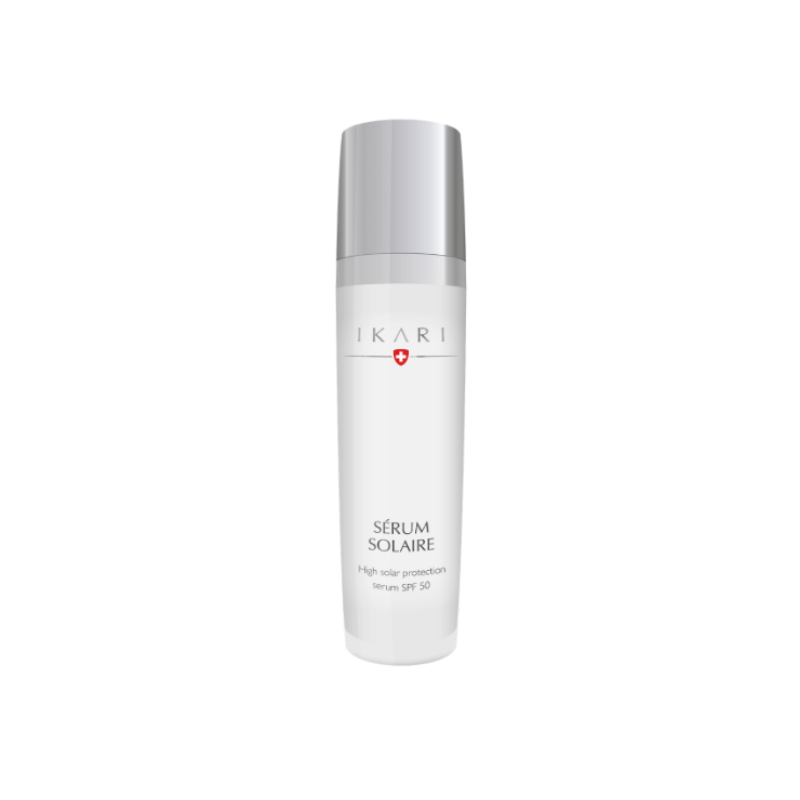
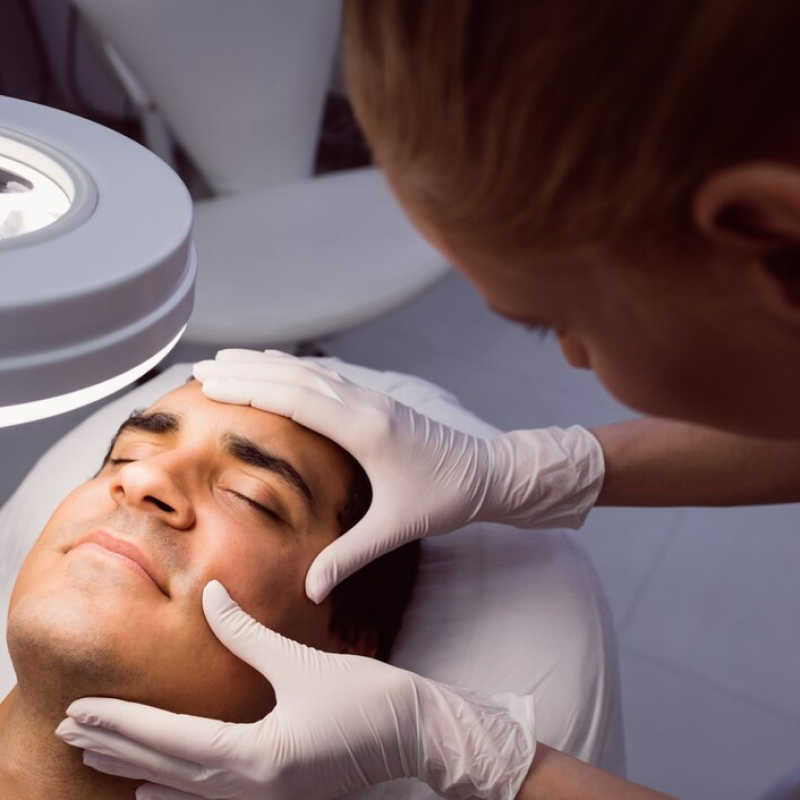
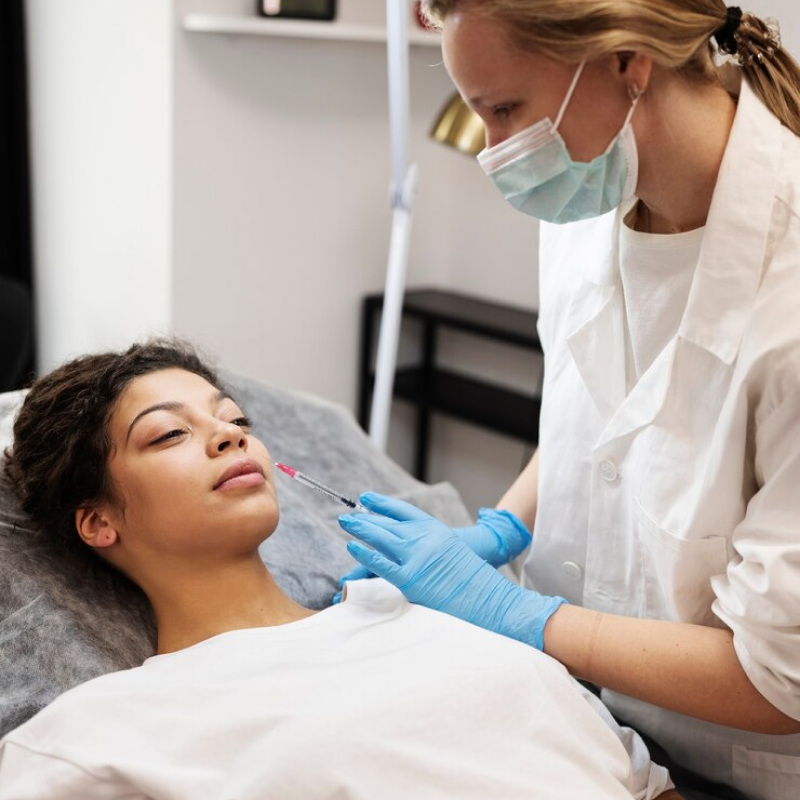



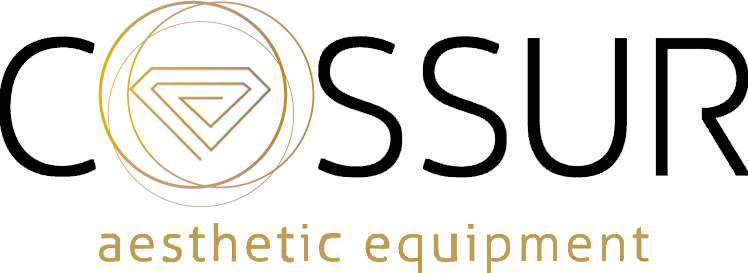
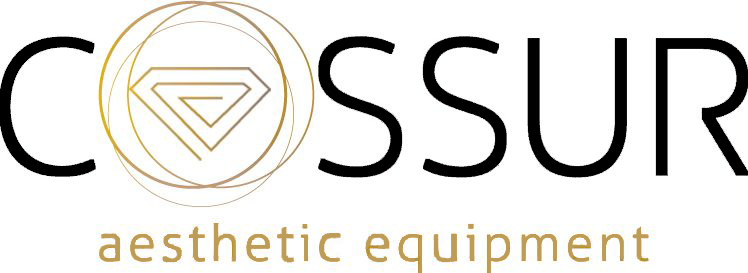
 Fast and secure delivery
Fast and secure delivery
 100% secure payment
100% secure payment
 Support available for any questions
Support available for any questions
